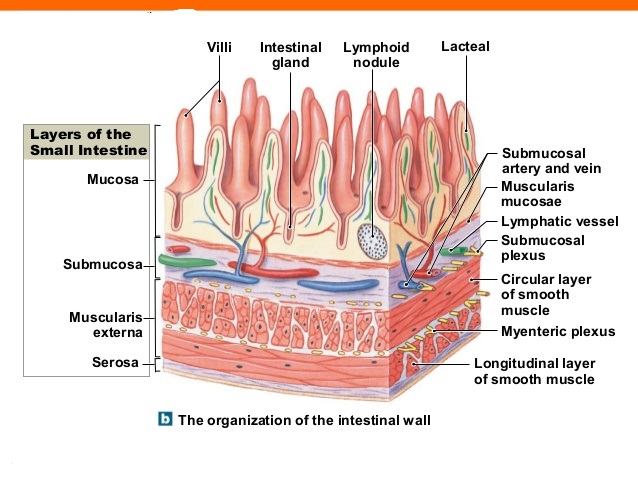


Any tumor compressing or distorting the anatomy of the left mainstem bronchus.Left-sided pneumonectomy or sleeve resection.Descending thoracic aortic aneurysm compressing left mainstem bronchus.Indications for right-sided DLT include:.Left-sided DLTs are common for their ease of use and positioning however, right-sided DLTs are especially helpful for specific indications. Currently, there are two versions of the DLT, a left and right-sided DLT, which are designated to accommodate the unique anatomy of each mainstem bronchus. The DLT can be used to selectively achieve separation of either the right or left lung. Lung separation in adults can be achieved with a DLT, which is a bifurcated tube with both an endotracheal and an endobronchial lumen and can be used to selectively achieve separation of either the right or left lung.To provide application of differential lung ventilation, such as continuous positive airway pressure to the nondependent lung and positive end-expiratory pressure to the dependent lung. To prevent contamination of the contralateral lung from hemorrhagic or purulent materialģ. To provide a still operative field and surgical exposure or for lung isolationĢ.

1 The most common indications for lung separation and OLV are:ġ. Lung separation techniques are designed to facilitate surgical exposure and provide one-lung ventilation (OLV) in patients undergoing thoracic, esophageal, cardiac, vascular, or selective spine surgery.


 0 kommentar(er)
0 kommentar(er)
